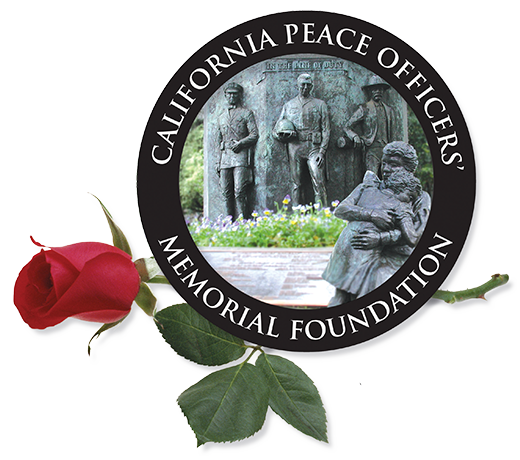On May 23, 1968, Sergeant Gordon Joinville was shot and killed by Zachary Ford Lillard. He is the only San Mateo officer to have been killed in the line of duty. Sergeant Joinville was 34-years-old and a 12-year police veteran at the time of his death. He is survived by his wife, Margaret, and two children.
Sergeant Joinville was investigating the theft of a large quantity of a chemical used in the manufacture of LSD. Sergeant Joinville, who was in an unmarked car, planned to follow the suspect’s car from Fifth Avenue and El Camino Real, to obtain the location of a drug lab. His investigation led him to his ill-fated meeting with Zachary Lillard.
For reasons unknown, the suspect changed directions, and, according to witnesses, got out of his car and into the back seat of Sergeant Joinville’s car.
During Sergeant Joinville’s encounter with Lillard, there was a countywide alert because of an armed robbery and radio traffic was very heavy. Sergeant Joinville asked dispatch to run a computer check. He was asked to “stand by.” That was Sergeant Joinville’s last radio transmission. Dispatch received a call from Bob Reed, a gas station owner, who advised that an officer had been shot at Fifth Avenue and Claremont Street.
Lillard shot Sergeant Joinville twice. The first shot came from the back seat and through Sergeant Joinville’s heart. Lillard then shot Sergeant Joinville in the head at point blank range after he collapsed across the front seat of his patrol car.
Sergeant Joinville had a piece of paper on his clipboard that had a name and license plate number written on it. An investigation led to the identification of Zachary Lillard as the suspect. Lilliard was also wanted for kidnapping, armed robbery, and assault. Through a vigorous manhunt, and a joint effort with the FBI, Zachary Lillard was located in San Francisco and taken into custody. The car he was driving at the time of the shooting, and the .45 cal weapon, were both recovered.
Zachary Lillard was convicted and sentenced to death; however, his death sentence was overturned by the courts. Zachary Lillard died, at the age of 70, while serving a life term sentence in the California State Prison system.
On October 5, 1968, the Joinville Swim Center was opened on Kehoe Avenue in Sergeant Joinville’s honor. He has been memorialized at the San Mateo County Hall of Justice, the Peace Officers Memorial in Sacramento, California, and the National Peace Officers Memorial in Washington DC.
